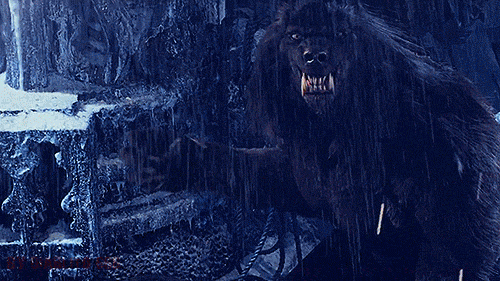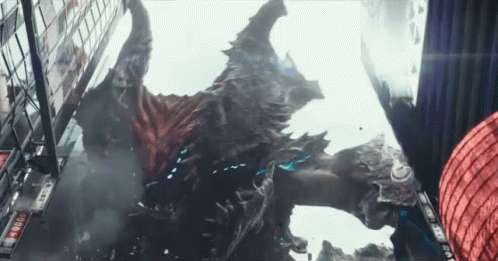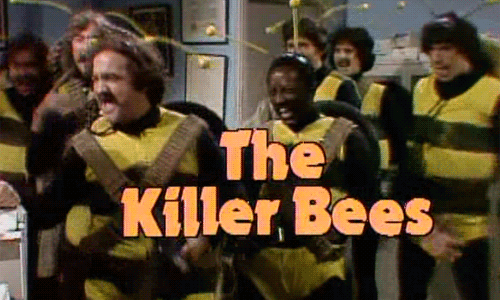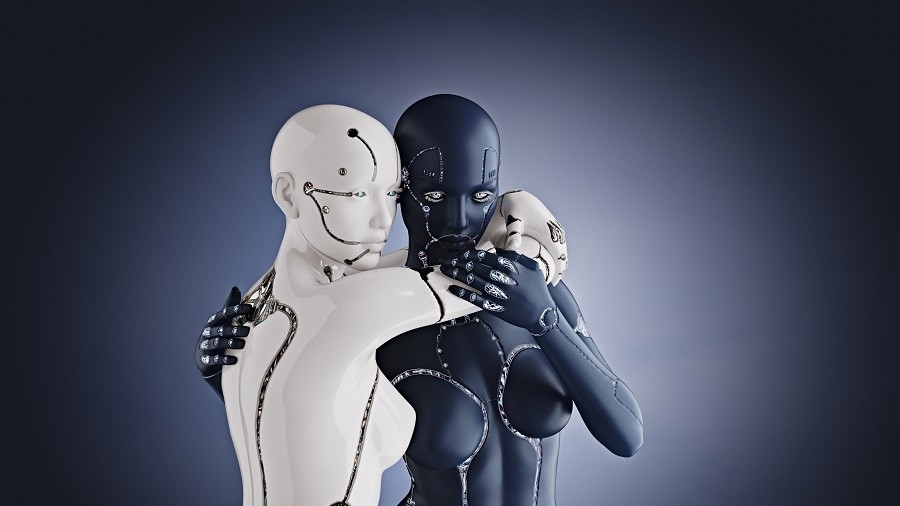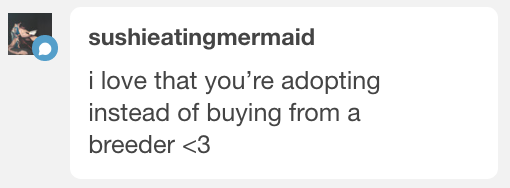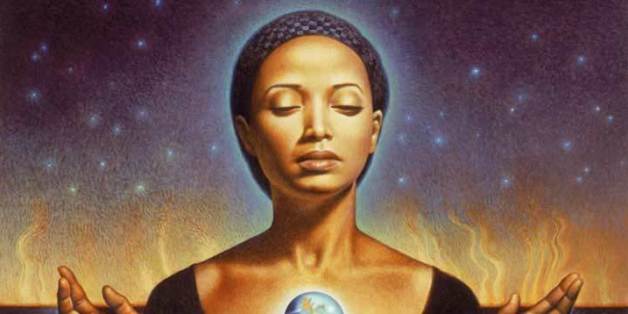I wrote something similar to this in the past, but I have since thought more on this, and discovered there are quite a few movies I will probably never watch again.
And it’s not because these are bad or scary films. It’s because they are very effective in accomplishing the film’s goal, which is mostly causing a lot of discomfort. These are great films, but I’m unlikely to ever watch them again because I got it the first time, or they make me too uncomfortable for them to be a fun watch, they’re just too scary, even for me, (and I’m what I like to call a professional Horror movie watcher), or I have to really be in a very special mood to do so.
So here, in no particular order, are a bunch of really good films, that I never want or need to watch again!
Get Out
This is one of those movies that is very, very good, but I had a hard time getting through it the first time. I did like it, but I cannot watch it again, because I got it the first time, and because as a Black woman who has been in a lot of spaces with only white people, it hits just a little too close to home. I see myself in Chris (not the Sunken Place stuff, although that hits pretty hard too, because I’ve been there), but just his general attitude, his bemusement at everyone’s behavior, his wariness, and patience, in a space that isn’t made for you, and makes you feel distinctly uncomfortable, as you wait anxiously for someone to misbehave towards you.
Some of the things that get said to Chris, I’ve actually heard from white people, who meant well, thought they were my friends, and weren’t even trying to hurt me, yet nevertheless, was wrong enough to make me deeply uncomfortable (and not trust them). It is ironic that in their efforts to make me feel more comfortable they ended up accomplishing the exact opposite. Of course, in the movie, Chris is right not to trust his girlfriend’s family, but if I’d seen this movie thirty years ago, I would have been deeply paranoid about visiting the homes of my white friends!
On the other hand, I do love Jordan Peele’s movies, I’ve watched Nope about five thousand times, and enjoyed it every time I’ve seen it. That is my version of scary but fun, but I think Us can probably be added to this particular list, too. I genuinely really liked it, but there are parts of it that are too scary, and weird, and uncomfortable for me to make a habit of viewing it multiple times. Then again, I’ve watched it exactly twice. I have to be in a real mood to re-watch this again.
Speak No Evil
Oh my lawd!!! but this is one of the most infuriating movies I have ever watched in my life, and I think that was probably the point! I think, at one point, I was screaming at my TV. The is a Finnish or Danish film (I’m not sure which) about a couple of couples that meet while on vacation. One of the couples invites the other to visit them at their home, and the other couple takes them up on their offer. The first couple proceeds to cross every single one of the other’s personal boundaries, without so much as a peep from the second couple, until, by the time of its tragic, yet inevitable end, I was rooting for the two villains. (Not really! They were utterly detestable people.)
It’s not that I didn’t understand the point of the film, but it’s one of those movies that make you ask, during every single minute of it, what would you do under these circumstances. (I know what I would do because I’ve done it before.) The second couple is so passive, so willing to please, avoid any kind of confrontation, and go along to get along, that they just walk right into the horrible events that happen to them later, and they do so without a word of protest, just as they’ve lived their entire lives. At one point, they actually do make an attempt to escape their fate, but turn around and walk right back into it, because the two of them are people pleasers, who want to be “polite”, and its their complete inability to speak out against anything (Speak No Evil) that seals their doom.
I am a loudmouth who will speak out about anything. I’m Black, and a woman, and I have learned the hard way that I cannot afford to be silent, or people will very happily tell my who I am, supposed to be, or just walk all over me. I have learned that I need to control the narrative of me, and to never allow anyone to become a habitual line-stepper without saying something to them. I was even like that as a child, because I remember being perfectly willing to give even my extended, adult, family members the sharp end of my tongue. I wasn’t mean about it, but I let ’em know. My family just got used to it since I learned that behavior from them! So you can imagine the amount of rage I was feeling at these two grown-ass, seemingly adult human beings, in this movie, who absolutely refused to say anything in defense of themselves, as their boundaries got crossed again, and again, and again. They are the kind of people you want to just slap the living piss out of, not because you hate them, or desire to hurt them, but because you actually like them, and are desperate to wake them up, to save their lives.
I didn’t hate this movie, though. It’s very effective, and the plot is well set up, but it came close to being heavily disliked. I even liked the two main characters but their behavior is infuriating, and their fate, when predators finally catch up to them, was absolutely inevitable.
Hereditary
I’m pretty sure this one was on my last list of movies I won’t be watching again, but I’m gonna list it here anyway. I really did like this film. It has some very effective scares in it but it is also incredibly bleak. This is another movie with an inevitable end, where the characters have lost the fight before the movie even started. Not fun-bleak like The Mist, with all of its many creatures, but depressing-scary-bleak. This movie was very good, too good, but not what I would ever consider fun. Its very well made, and well plotted, and the acting is top-notch, and really cemented my utmost respect for Toni Collette, who was simply awesome. By all accounts, it really is the kind of film one could re-watch, but I don’t think I will, or if I do, it will be at some far point in the future, when I’m in a mood.
The movie deals with themes of generational trauma, evil legacies, and the awful plans of one’s ancestors. It’s not until the end of the movie that you realize that not only did the monster win, but that this family never even stood a chance of winning against it from the word GO. From it’s opening scene to its last, every move this family makes to save themselves and each other is simply doomed, and that was just too much for me.
Grave of the Fireflies
This movie was just depressing. It is not the kind of movie that gets re-watched. I realize that was the point, because it is about Japan during the war, but that’s not the only thing. Some of the imagery is pretty horrifying. I don’t think I’m ever going to be in a “mood” to watch this ever again. I watched it the first time because a lot of people kept mentioning it as something a person should watch at least once. I did.
Once was enough.
Banshees of Inisherrin
This movie made me cry, but in a good way. It’s a great movie, but one of the reasons I won’t watch it again is I think I identified just a bit too much with the lead characters. Its a good example of how personal some movies are. The movie stars Colin Farrell and Brendan Gleason, as close friends, Colm and Padraic, who live on an isolated location, off the coast of Ireland. It all starts when Colm tells Padraic that he no longer wants to be friends with him. Colin’s character, not wanting to be alone, or give up the long term friendship, and having not been given any reason for this sudden shift, simply ignores this request, which starts a feud between the two of them, to the point where Colm threatens self harm if Padric talks to him.
On a certain level, the movie is deeply, and darkly, funny because the situation devolves into chopped off fingers, burnt houses, and dead animals. I identified with Gleason’s character, Colm, wanting change so badly, wanting his life to be meaningful, and just different than it is, that he was willing to do almost anything. He wants change and meaning in his life, of some kind, but he also doesn’t want either of them to go on doing exactly what the two of them have been doing, for the rest of their lives, on this little island, so he essentially tries to blow up his life, which is something I’ve done myself when I was feeling trapped by my circumstances and needed a change.
Colm also thinks Padraic’s best decision would be to leave their truncated and limited life on the island, and go do something meaningful with his life, but he knows Colin’s character won’t ever leave without him, so he thinks he’s setting him free by ending their friendship. But Padraic is okay with the way things are, just wants things to go on the way they always have, and doesn’t want all this drama that Colm has started.
This is a very uncomfortable movie to watch because there’s so much tension of laughing at these characters but completely understanding the characters. I only needed to watch this once becasue I got it. I liked the film just fine, and it is mildly enjoyable, but I don’t need or want to “get it” again.
12 Years A Slave/American History X
I know all I need to know about the atrocities of slavery and racism, having been inundated with movies, books, and TV series about the subject all my life. I’m just tired of watching these types of movies, and being told, every time one of these movies gets made, that its the most important movie of whatever time period, and I should see it. No, I do not!
I’m a middle-aged Black woman, who has seen all the Slave movies I’m ever going to see. The Hollywood Film Industry is absolutely fascinated with the spectacle of Black pain and degradation, as well as white male redemption arc as aided by the Black people who forgive them, and I’m not fascinated by any of it. I absolutely refuse to watch any more of them! and what’s more, I don’t need to.
Quite frankly, I didn’t need or want to watch either of these movies the first time. I don’t think I got thirty minutes into 12 Years A Slave. There are some movies you just know are going to totally piss you off, so you have to be in some kind of mood to watch it in the first place. Like Grave of the Fireflies, I kind of regret having lost even thirty minutes of my life to it.
American History X, I watched on the strength of Edward Norton’s acting. It’s not a bad film at all and was rather uplifting because of its redemption arc, but there’s no need to subject myself to it again. I know all I kneed to know about that movie.
The Revenant
I think I mentioned this movie once before. This movie is so harrowing to watch, that I was exhausted by the end of it. I don’t know if it’s because the whole movie takes place in a wintry environment, or if its because of the events that happen in it, but I was tired.
The movie is based on a true story about a trapper who is betrayed by his “friends” and left for dead in the wilderness when they go back to town and tell the authorities he’s dead. He spends the rest of the movie trying to survive the wilderness, and get back home. One of the most exhausting and terrifying events is watching him get attacked by a bear. This scene seemingly lasts forever. I get that these events speak to the determination and fortitude of his character, but I guess I don’t have enough fortitude to watch this movie again.
Parasite
I really liked this film because it had some interesting revelations in the plot, but the movie is deeply depressing. I only needed to watch it one time, but I really did like it, and I wanted to keep engaging with it, so I read everything about it I could find, and watched a bunch of analysis videos.
I was so intrigued by what Bong Joon Ho was trying to tell the audience, I watched several of his interviews. I couldn’t stop thinking about it long after the movie was over, and it still sits on my favorites lists, but I won’t watch this again. This is a darkly comic movie about a poor Korean family (so poor that they live in a kind of apartment half basement) that take to grifting a wealthy family (who live in a high rise house on a hill) so they can get out of poverty. There are parts of the movie that are deeply funny, because events are so exaggerated, that it just skirts the edge of ridiculous. The ending is sad and tragic and hopeless. I wasn’t looking for a happy ending but the end of this movie haunted me on a level I wasn’t expecting.
I got it. I don’t need to watch this again, but that doesn’t actually mean I won’t!
Skinamarink
Hoo boy! Okay, this is one of the rare films that is too scary even for me, not because it has some creature in it I’m scared of, but because it sits too close to home some things I was scared of as a child, even though these things didn’t happen to me. Apparently, this movie hit a nerve with a lot of people, especially those who understood it. Some people just thought it was boring, but the people who were frightened by it said it reminded them of certain childhood fears they thought they’d long forgotten about.
There is the idea of children being put in a dangerous situation, so if that’s something you can’t tolerate this may not be the film for you. Two very young siblings (I think they are like 5 or 6), named Kevin and Kaylee, wake up one night to find themselves alone in the house, their mom and dad are missing, there are no doors or windows, and their toys and other objects in the house keep being moved around. The movie mostly consists of the two of them trying to survive on their own, and make the best of things. The story is told with the Found Footage style, and at no point do you see the faces of any of the characters. The story gets worse when Kaylee eventually disappears, and audiences have all kinds of dark theories about what’s actually happening in the film.
I’m not saying this movie works for everyone. Your mileage may vary. But it did work for me and only because the movie showed some of my worst childhood fears. If you don’t have those kinds of fears then the movie will probably just be nonsensical to you. I thought it was so effective that I simply didn’t want or need to watch it more than one time, although, like Parasite, I found it fascinating enough to research as much of it as I could, because I wanted to know what the director, Edward Ball, was thinking when he made it.





































































